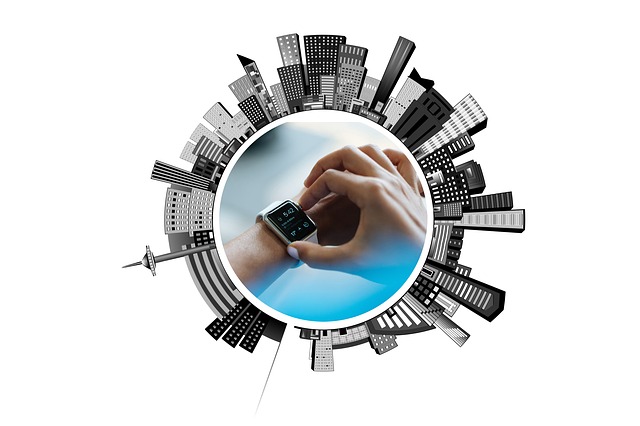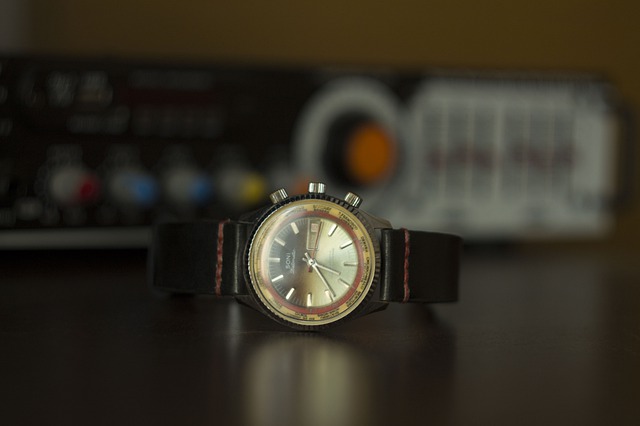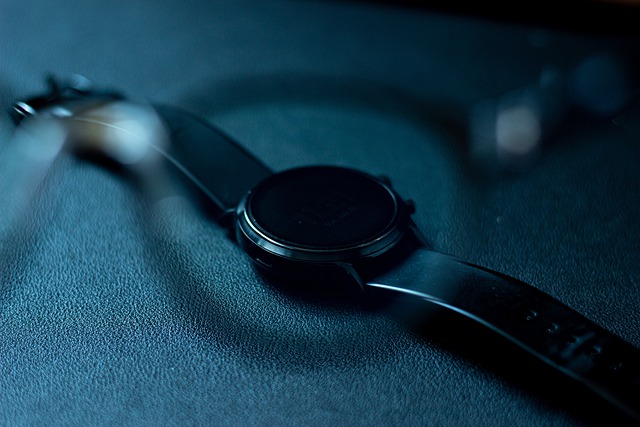As I tore open the flat, rectangular box that my mom gifted me on Christmas Day, I was elated to find another gadget that I could add to my tech collection. I had been eyeing this smartwatch every time I entered the store, and I could finally say it was mine. Little did I know that this tiny screen on my wrist would have such power over my life.
As a long-distance runner, the idea of being able to track my mileage, listen to music and monitor my heart rate all in one wristband seemed remarkable. As a busy student who constantly forgets to respond to messages, the convenience of simply talking into the watch to reply to calls and messages made communication effortless.
I’m not trying to be a walking commercial for smartwatches. In fact, I might even advise against it. The watch records all forms of exercise and movement, including how many steps were taken and how many hours were spent standing. It reminds a person to stand after a long period of sitting and announces exercise progress through the completion of closed exercise rings. Although all of these elements are useful in helping someone stay active, they can also lead someone down a toxic relationship with their fitness.
For me, if my rings are not closed or if my mileage is down according to the watch, I would feel guilty and force myself to move around during obscure times. The number of calories burnt would also dictate how accomplished — or unaccomplished — I felt at the end of the day. I realized how easily the watch could take over one’s life and contribute towards an exercise addiction.
Since I have a tendency to obsess over metrics, I know I have to stay extra cautious of the watch’s potential triggers. That’s why I take momentary breaks from my watch in order to foster a healthier relationship with movement and the watch itself. During these watch breaks, I enjoy the moments when the watch doesn’t bombard me with reminders.
Additionally, having a mini phone strapped to my wrist can lead to sensory overload. During times I need to focus, I find it distracting having multiple social media notifications pop up on my watch when all I really need is the time. The watch makes it easy to “multitask” with so many features that I find it difficult to get work done.
On the contrary, the mindfulness feature reminds me to take a break from what I’m doing to practice deep breathing, and it rewards me for doing them. The stand notifications also remind me to go outside for a breath of fresh air after staying sedentary for a while. Instead of procrastinating with mindless scrolling on my phone, I tap through random features on my watch for a quick distraction and can more easily resume back to work.
As someone who constantly looks to improve the quality of my life, owning a smartwatch seemed like a good idea. In many aspects, it’s become an integral part of my daily routine that allows me to instantly stay informed with my health, the weather, news and messages. But at what point do I need to put a cap on convenience? Is this hyperconvenience detrimental to my well-being? My smartwatch is simply a tool that supplements my life, and I’m constantly reminding myself that staying in touch with reality is far more important than closing my rings and staying updated.
Contact Geraldine Yue at [email protected].
Source: https://www.dailycal.org/2022/03/08/how-my-smartwatch-changed-my-life-for-better-for-worse/



